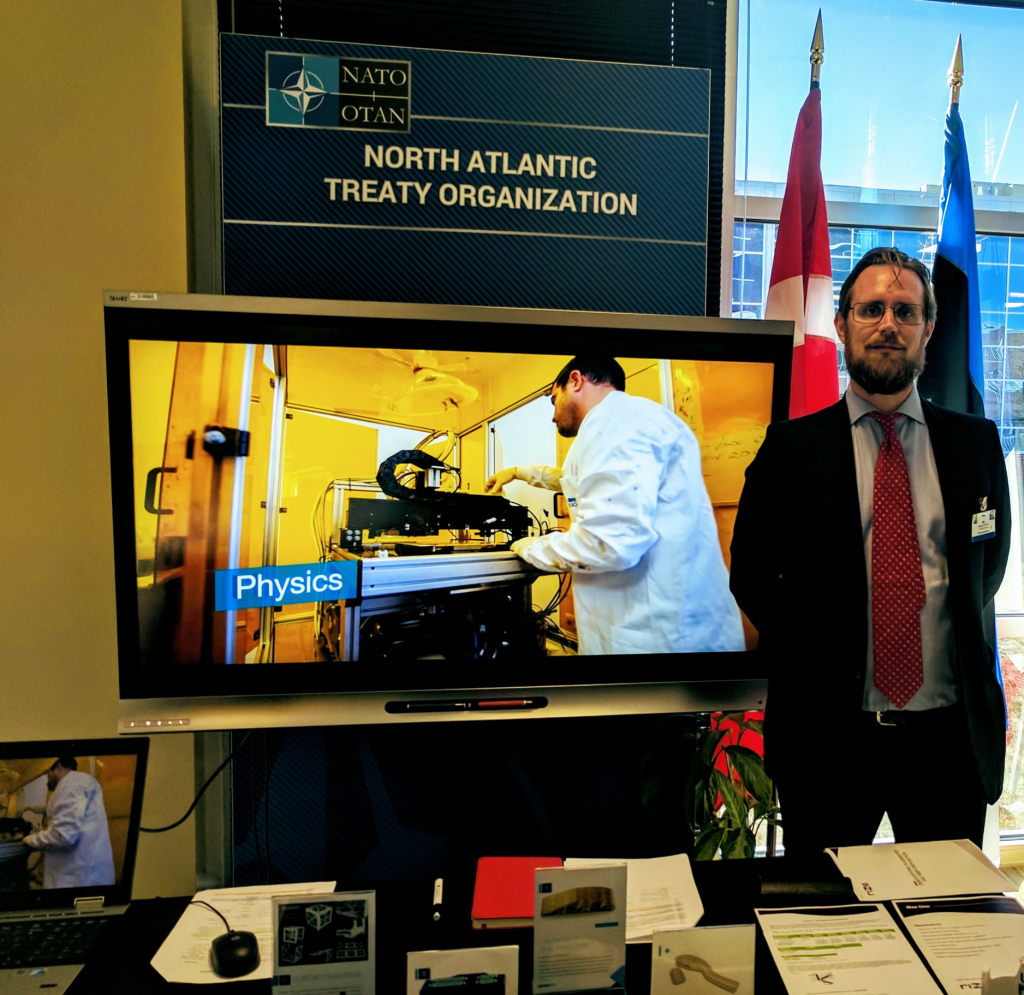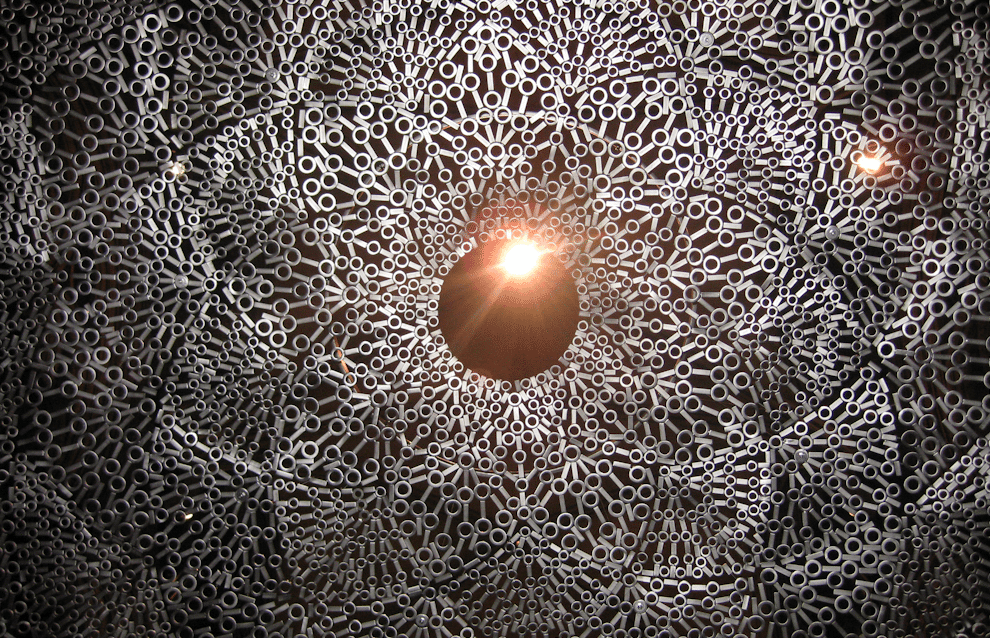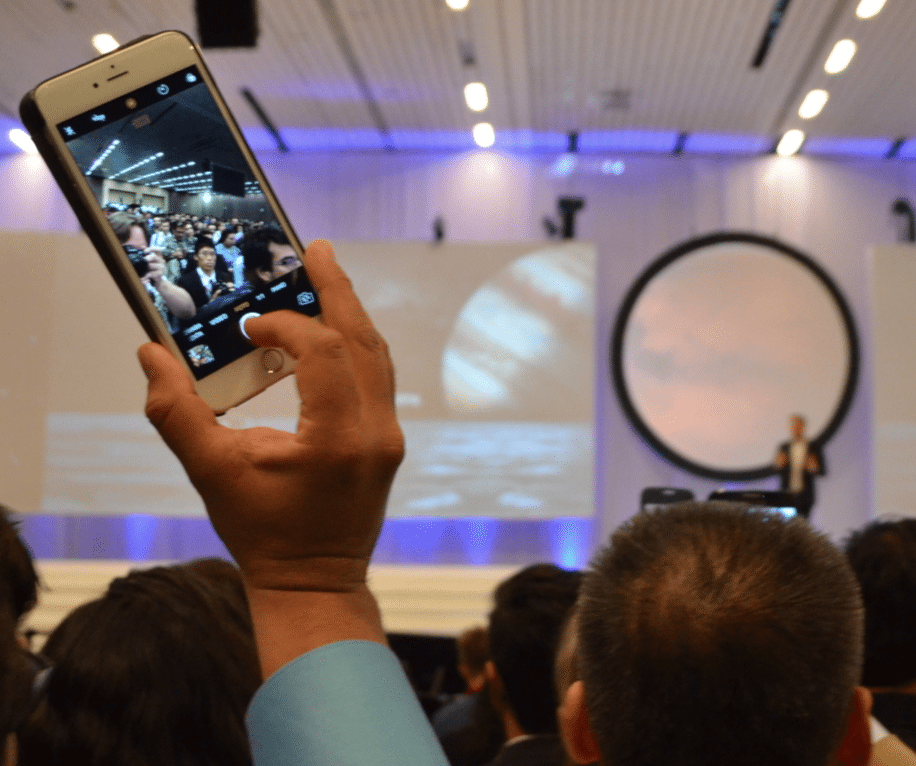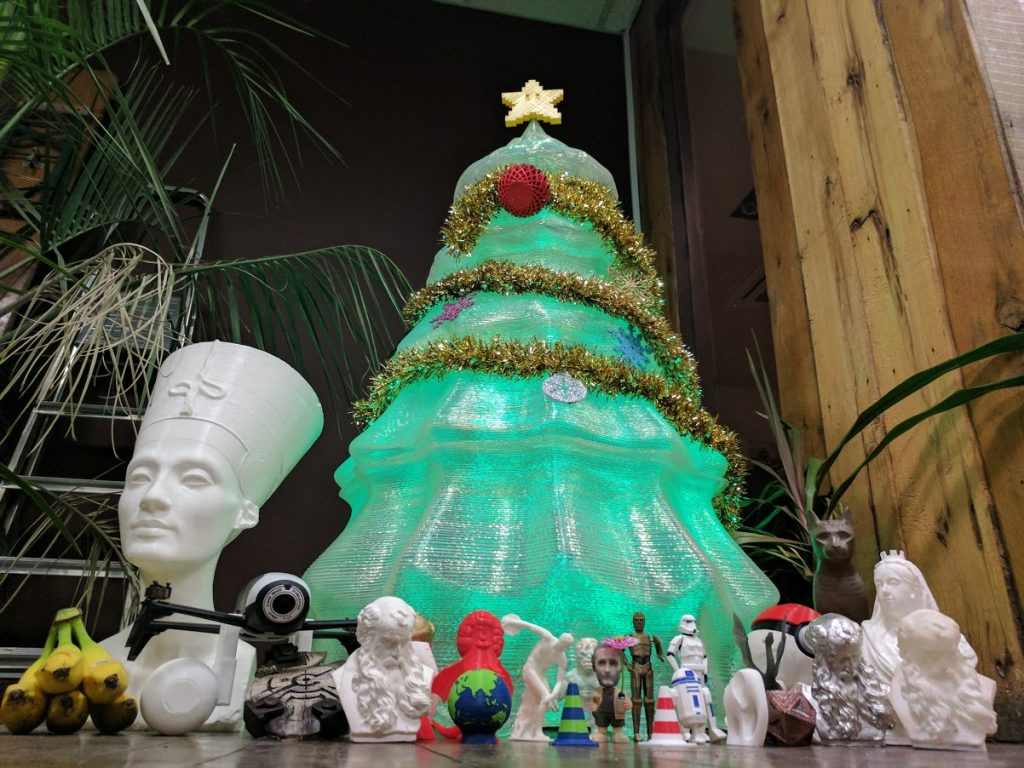2016 was another exciting year for additive manufacturing aka 3D printing. On a personal level, I was fortunate enough to be invited to give presentations to those inside (and outside) our industry. But more importantly I got to meet with many of the individuals involved with 3D printing on daily basis, and with those who are shaping the development of the technology for the coming year and beyond. This week we have some more exclusive interviews with several of those people.

3D printing in transition, shifting business models
Advances in academia remain a key interest of mine and the year provided plenty of reading material in the form of research papers from leading institutions. On the commercial side, the landmark deal announced by GE in September plus continued venture capital and hedge fund activity provided ample opportunity to keep commentators (and lawyers and investors) busy while further validating the 3D printing industry.
2016 saw an incredible number of expos, tradeshows and conferences either dedicated to AM or prominently featuring the technology. During the first half of the year RAPID and AMUG were the places to see and discuss new 3D printing technology first, in the later half IMTS and Formnext were events not to be missed. In 2017, 3DPI will continue reporting from the most important and interesting events.
Government initiatives and 3D printing industry groups such as 3MF sought to advance 3D printing and such programs are likely to continue to bear fruit in 2017. Microsoft in particular are hoping to lure a few more down the 3D wormhole and brought entry level design software to mobile devices with the Builder 3D app. Autodesk have taken a different path and recently announced that the 123D family of apps will be discontinued in March this year, although functionality will be retained as part of the wider suite of applications. Also as we reported, Autodesk’s business model shifted during 2016 to a subscription basis.
Topology optimization and convergent modelling
In other software news, 3D Systems launched 3DXpert for metal additive in a bid to refine workflow and integrate 3D printing with more traditional processes. We also saw the emergence of several other new strategies to industrialize additive manufacturing. This month Siemens will commence roll-out of 3D printing capabilities integrated into a software suite that allows design, simulation, automation and digital lifecycle management. Siemens have a vast customer base and during demonstrations at Formnext showed how they are working with Materialise NV.
Topology optimization and convergent modelling are likely to be phrases heard at many of the events in 2017. In the case of the former, Design for Additive Manufacturing (DfAM) is still at a relatively early stage when it comes to production. In all likelihood DfAM will not become fully embedded in manufacturing during the coming year. However we can expect to see some new case studies from the groups at the forefront of this area, and most likely more of the wonderful biomimetic designs that topology optimization frequently produces.

The trend towards consolidation and extended partnership arrangements will undoubtedly continue in 2017. An interesting byproduct of the takeovers and tie-ups will be how the competitive landscape adapts. For example, will technology from GE acquisitions still be available to companies in competition with the half trillion dollar multinational enterprise? And will those competitors continue existing relationships with the two companies bought by GE or look to secure access to AM production via their own acquisitions?
3D printing in space
Given the staggering lead times and substantial budgets involved in aerospace development this is an area where early news about the future of 3D printing can often be found. Discussions during the plenary sessions at 2016’s International Astronautical Congress (IAC) frequently touched upon the use of 3D printing as a way to reach the stars, an application that has already been demonstrated. Taking a longer time horizon, the use of 3D printing in orbit to manufacture off world structures came up in conversations with representatives of national agencies. Harnessing in-situ materials to 3D print space stations and lunar bases might not become business as usual during 2017, but I’m looking forward to hearing more about the research that will get us there.

Back on Earth, 2017 is set to bring even more materials for 3D printing. Carbon recently confirmed rumors about a new range of resins. The full announcement will be made at CES and we will be able to provide more details then. 3D printing also continued its ascent of the “plastic pyramid” as patents around techniques for 3D printing engineering plastics such as PEEK began to expire. A presentation at Formnext by Terry Wohlers drew the packed rooms attention to this (and other developments) and during my regular visits to the engineering department at 3DPI’s offices I’ve also seen how this advanced thermoplastic, with biomedical and other demanding applications, is advancing.
For metal materials competition is likely to intensify with Alcoa embarking on metal powder production and AP&C now having the deep pockets of GE to fund further expansion. New processes hoping to lower the cost of metal powder for additive manufacturing could be a landmark moment, if the venture comes to fruition.
And finally…
And finally, in the closing months of the year I was invited to become Editor-in-Chief of 3DPI. Having been a reader of the site since its launch in 2012, this was a fantastic opportunity and one I was more than happy to take.
In 2016 3DPI was the first to break news, make accurate forecasts about the 3D printing industry and get to the truth about misleading stories published elsewhere. This included predicting the next move of GE, forecasting changes in leadership at major 3D printing enterprises and setting the record straight about alarmist and inaccurate reporting.
During my short time as Editor-in-Chief at 3DPI I’ve been surrounded by an amazing group of writers, engineers, scientists, artists, developers and designers. For 2017 I’m looking forward to increased collaboration with this group and the wider 3D printing community.

But for now, Happy New Year and don’t forget to let us know about your own 3D printing highlights using this link to nominate in the 1st Annual 3D Printing Industry Awards.
Featured image taken at Formnext 2016. Photo by Michael Petch



